I tested the Sony WH-1000XM6 against 5 top-tier rivals – here’s which wireless headphones I’d recommend
It's a tough job, etc…
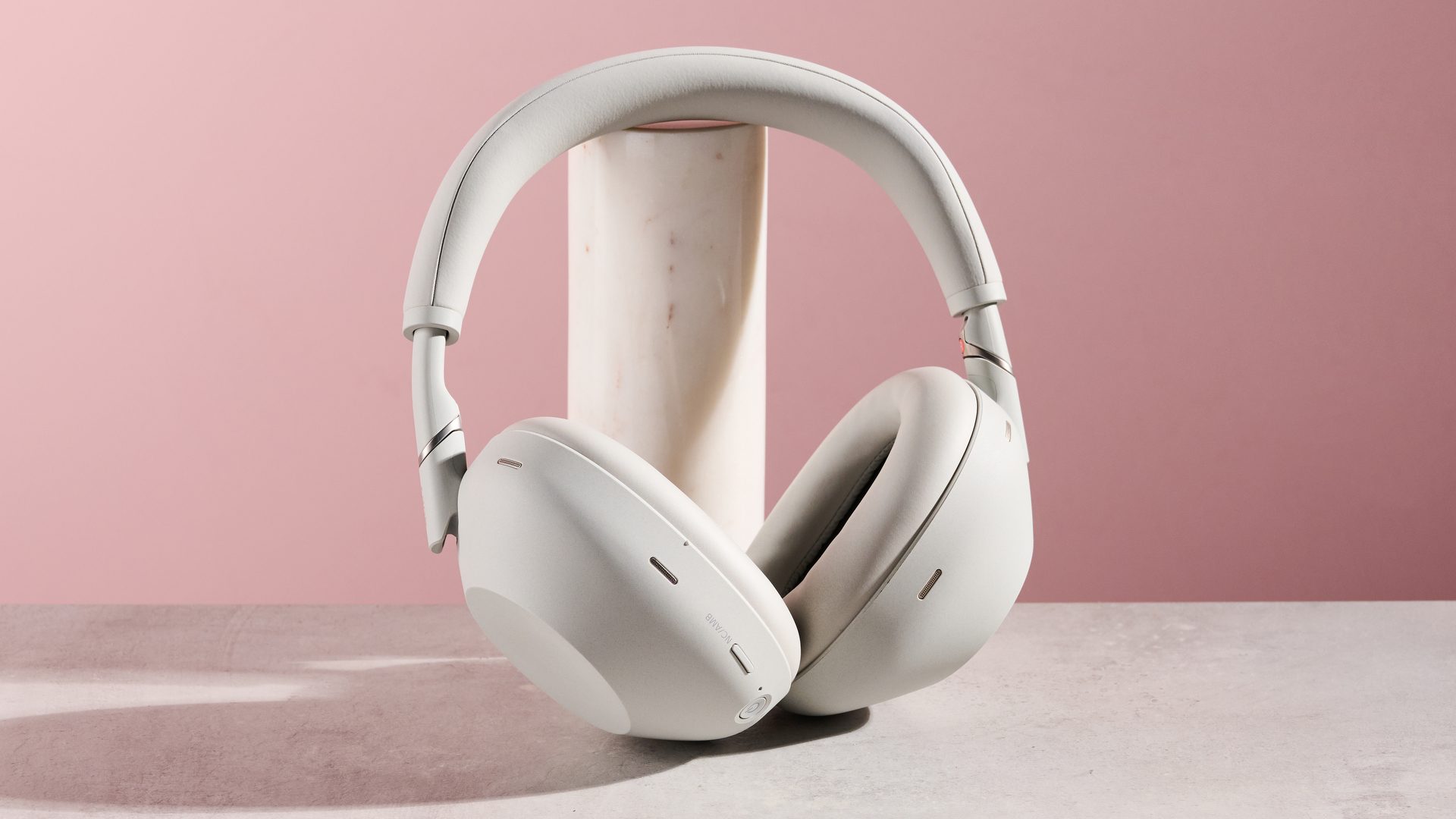
The Sony WH-1000XM6 are, without question, among the best headphones to have blessed my ears in 2025. I’ve been testing them for well over a month now, and I’ve been totally wowed by their top-drawer noise cancelling, stellar sound quality and gorgeous foldable design.
However, the WH-1000XM6 have to outdo a ton of excellent rivals from competing brands, and even Sony itself. So, as TechRadar’s audio-focused Reviews Writer, I’ve taken it upon myself to see just how well the XM6 can cope with the competition in direct comparison testing. I’ve tried headphones from Bose, Sonos, and Bowers & Wilkins here, as well as the Sony WH-1000XM6’s two most recent ancestors.
I’ll break down the pros and cons of selecting each model and ultimately, whether its worth splashing out on the Sony WH-1000XM6 over their challengers. We’ve done more intensive comparisons too, which you’ll find linked at the bottom of each section. But for now, let’s find out which headphones are worth spending your money on…
1. Bose QuietComfort Ultra Headphones
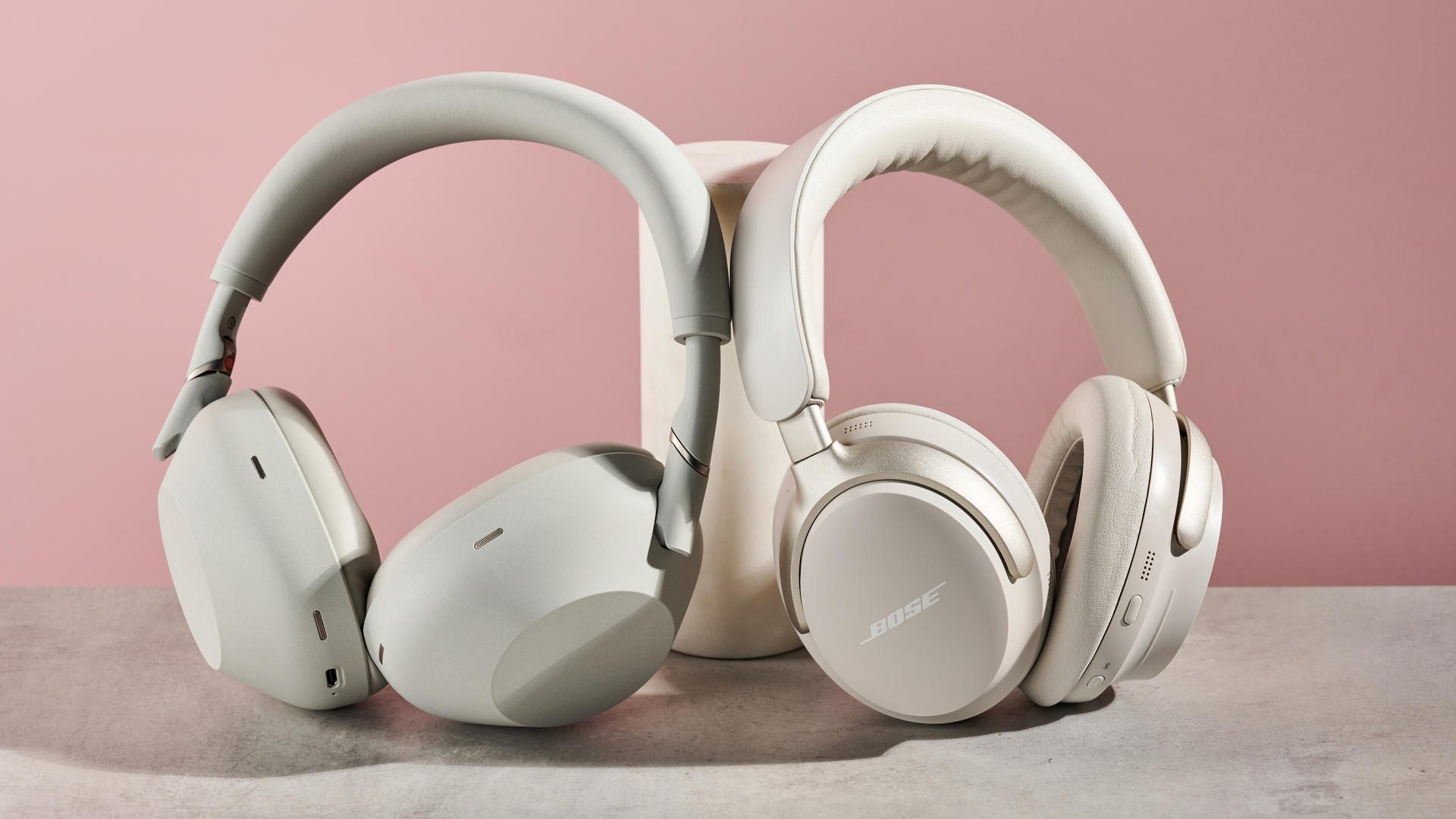
When the Bose QuietComfort Ultra Headphones first released, they were lauded as some of the best noise cancelling headphones on the market. And that’s for good reason. Nearly two years after their launch, they offer seriously impressive ANC, a generous amount of smart features, and strong sound quality.
In honesty, though, there wasn’t much I preferred about the QC Ultra when using them side-by-side with the XM6. See, the XM6 offer even better noise cancellation thanks to a higher number of microphones and a new QN3 HD noise cancelling processor that teams up with AI to decimate surrounding sounds. I also preferred the audio output of the XM6, with better balance across the frequencies and a more open, revealing sound.
On top of that, I prefer the design of the XM6 – they have a slimmer, more modern aesthetic, fully-fledged touch controls and an ultra-practical magnetic case, rather than a zip-up alternative. You’re also getting 30 hours of battery life with ANC on compared to a, frankly, underwhelming 24 hours on the QC Ultra. So, I think it’s clear which cans I’d rather spend my money on!
That’s not to say that the QC Ultra are devoid of merit – quite the opposite. They do have better noise cancelling customizability, aptX Adaptive support and – now that they’re regularly on sale – a typically lower price tag than the Sony’s. But overall, the XM6 feel as if they have incremental improvements over most aspects of the Bose cans, so they’d be my pick here.
Sign up for breaking news, reviews, opinion, top tech deals, and more.
Read our Sony WH-1000XM6 vs Bose QuietComfort Ultra Headphones comparison.
2. Bowers & Wilkins Px7 S3
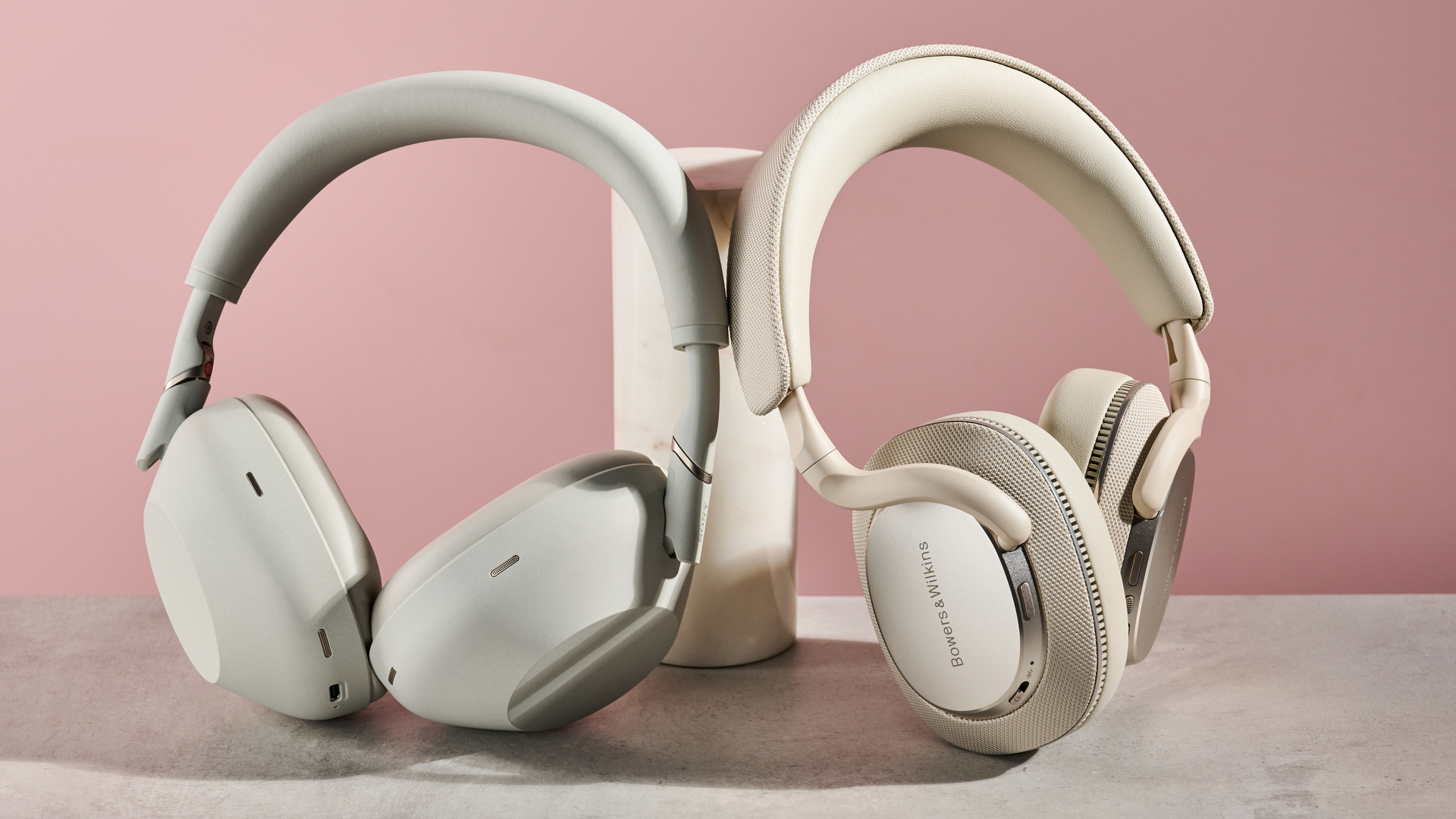
But here’s where things get a little bit more interesting. Out of all the headphones on this list, the pair I’ve tested for the longest (other than the XM6, of course), is the Bowers & Wilkins Px7 S3. Why? Well, frankly, I just can’t get enough of their stunning sound.
Yep, if we’re talking pure audio, these are better than the Sony WH-1000XM6 in my view. They have a phenomenally open, almost spatial sound that’s tremendously immersive. These cans are also masterful at lifting vocals right out of the mix and pushing them forward, making for a massively expressive listen.
I’d also argue that they’re prettier than the XM6, with fabric used on the earcups and headband radiating a real sense of luxury. Metal details and eye-catching color options, like Indigo Blue and Canvas White really drew me in too.
Having said that, I’d argue that the Px7 S3 aren’t quite as adept all-rounders compared to the XM6. Noise cancellation is good on the Px7 S3 and a significant improvement on their predecessors, but it can’t match up to Sony’s class-leading capabilities. There are also no touch controls – which might be music to the ears of some – but the XM6 have incredibly intuitive, responsive touch options that I find really handy on the go.
Sony’s Sound Connect app is also more feature-rich, with options like scene-based listening, Find Your Equalizer and a Cinema mode. But more is coming to the Bowers app – think Auracast and spatial audio… you’ll just have to wait for updates, and Sony has these now.
All in all, I’d argue that the Bowers & Wilkins Px7 S3 are the better pick if you’re looking for all-out sound quality and don’t mind missing out on the very best ANC around or the widest range of modern features. But for those looking for some of the best over-ear headphones that’ve got all bases covered with practical, yet fun design and sound, the XM6 will be your best bet.
Read our Sony WH-1000XM6 vs Bowers & Wilkins Px7 S3 comparison.
3. Sonos Ace
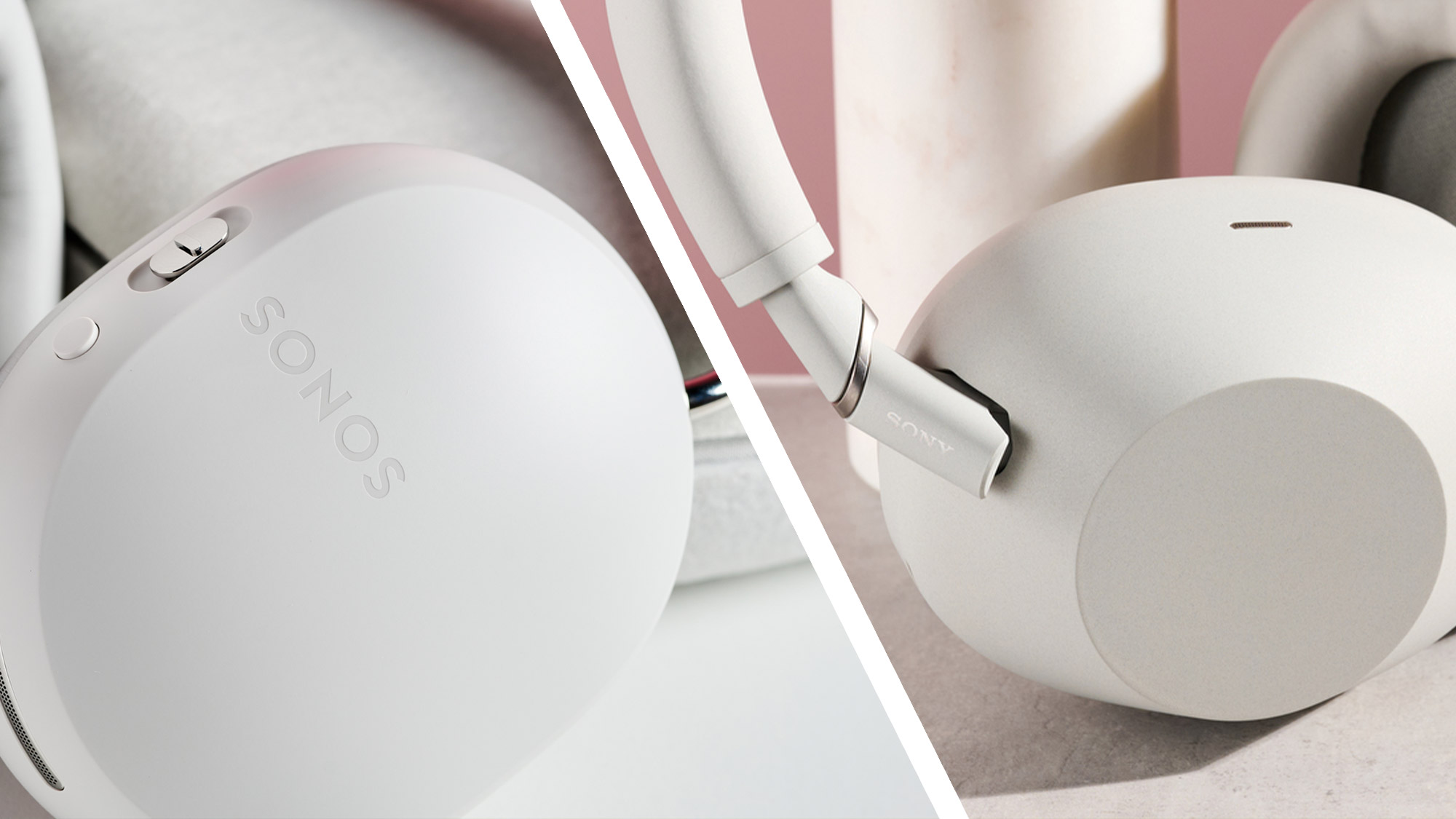
Although they didn’t quite hit the heights that some hoped at launch, the Sonos Ace are still a very accomplished set of headphones. When I tested them, I was impressed with their cushioned fit, exciting sound signature and attractive appearance.
But what really sets the Sonos Ace apart from the competition is their focus on immersive audio for movie-watching. We were blown away by the Ace's handling of Dolby Atmos spatial audio and effective head tracking. Yes, you can even connect them to your Sonos Arc Ultra or other Sonos soundbar if you want to hear the sound of a home theater system without waking the family.
Movie magic is definitely the Ace up the sleeve of Sonos’ headphones. Sure, Sony has a Cinema mode that can upmix a stereo signal into a more expansive format, but it’s not a real focus of the XM6.
In truth, though, Sony's cans are considerably better in most areas. First and foremost, you get more balanced, controlled, and revealing audio when listening to music. But the XM6 also have better ANC and superior call quality. It's worth mentioning, though, that the Sonos Ace were recently updated to improve both of these aspects among other things.
If you’re a movie buff, there might be a case for the Ace – especially as they can regularly be found on sale for a good deal less than their $449 / £449 / AU$699 list price. But otherwise, I’d suggest going with the XM6.
Read our Sony WH-1000XM6 vs Sonos Ace comparison.
4. Sony WH-1000XM5
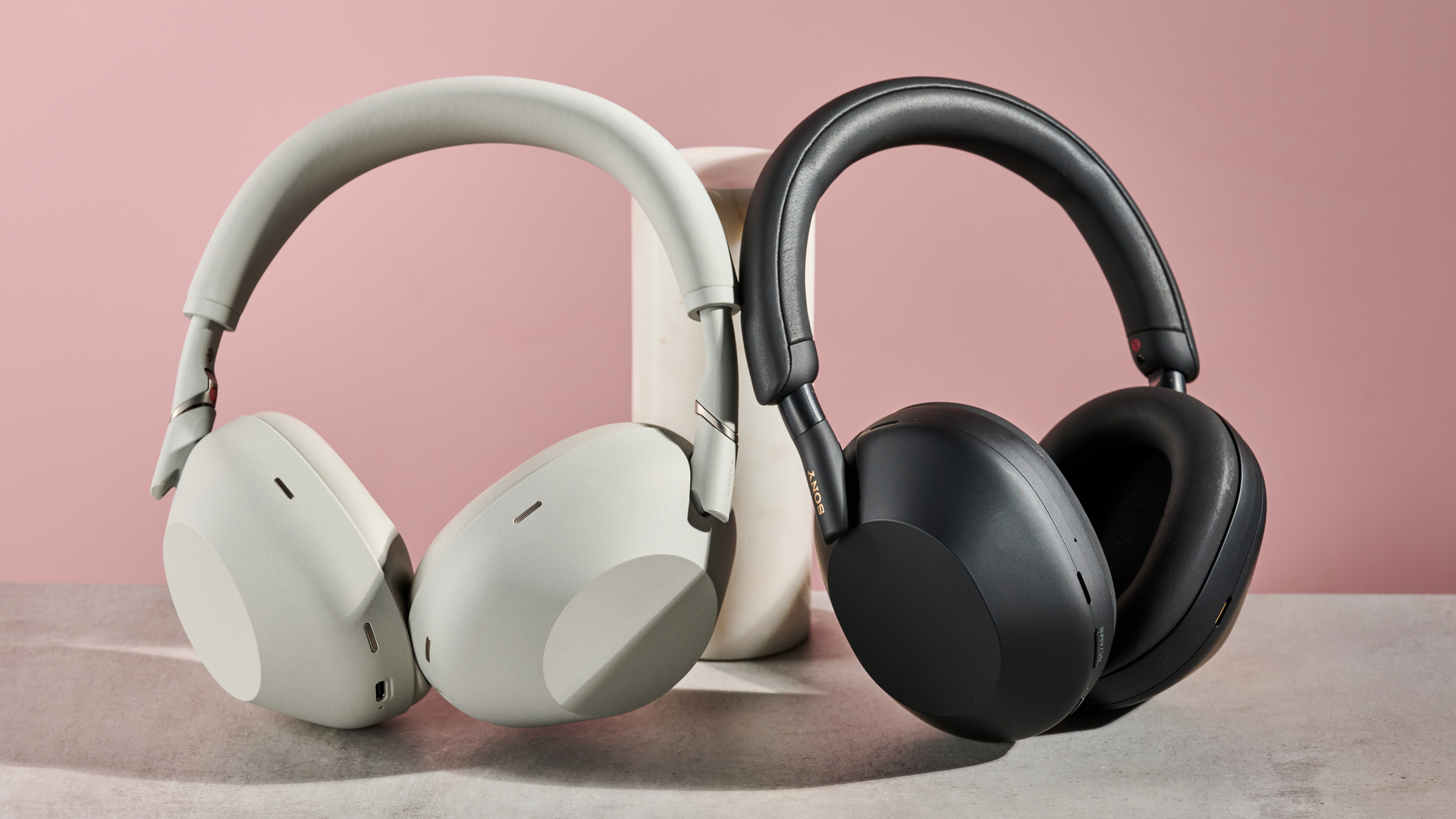
Let’s take a look inward and place the XM6 directly against their most recent predecessor, the Sony WH-1000XM5. For me, there’s no contest, I’m picking the XM6 over the XM5 every day of the week, and I’ll tell you exactly why.
Look, the Sony WH-1000XM5 have a lot going for them. Commendable ANC, brilliant bass output, plenty of customizability and a sleek, sexy build. But Sony made a couple of missteps with this model, in my view.
Firstly, these aren’t truly foldable, which puzzled a lot of people at the point of launch. That’s frustrating if you want a compact option that you can throw into a small bag when on the go. Also, the XM5 added almost nothing new in the way of features over the cheaper WH-1000XM4 – rather, they just refined what came before. The XM6, meanwhile brought plenty to the table: Auracast; scene-based listening; and that Cinema mode I flagged earlier.
Sound-wise, I felt that the XM6 had a little less emphasis on booming bass, with a cleaner, slightly more disciplined approach to low-end output. Additionally, I found treble sounds to be ever-so slightly better handled. to drive home the XM6’s exceptional evenness across all frequencies.
Other minor upgrades in the XM6, such as a wider headband for increased comfort, optimized touch controls and a magnetic carry case really seal the deal for me. Yes, the XM5 can often be found floating around the $300 / £250 mark with a lot of online retailers. But those updates to the XM6 really make them worth that extra outlay, and I consider them a significant step-up over their predecessor.
Read our Sony WH-1000XM6 vs Sony WH-1000XM5 comparison.
5. Sony WH-1000XM4
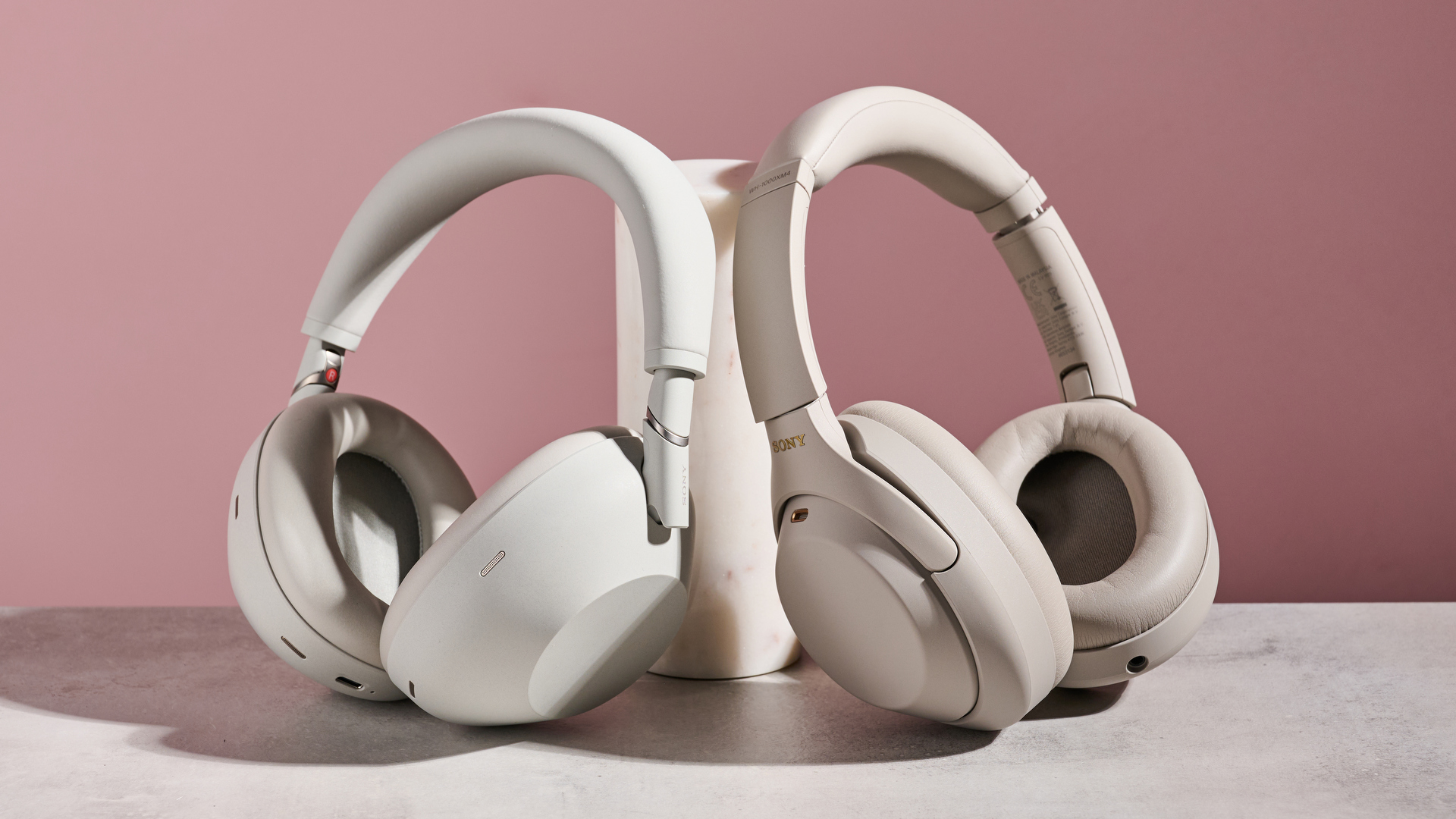
But let’s go even further back in time and discuss a pair of headphones that have achieved legendary status, the Sony WH-1000XM4. Even though its been five years since their launch, these are still very much a viable alternative to their multi-generational successor, the WH-1000XM6.
Much of the praise we heaped on these headphones at release still stands. They serve up very good noise cancelling, talented sound enhanced by LDAC and DSEE Extreme upscaling, and foldability. For years, they were easily the best Sony headphones around, though for me, the XM6 have since surpassed them.
See, the XM4, though great at launch, can’t compete with the XM6’s 12 microphone-powered noise cancelling capabilities. Sound-wise, I prefer the XM6 too. I've spoken plenty about their brilliantly balanced performance, but something I also love is that they harness Sony's 'noise shaper' technology, which levels up digital to analogue conversion and pre-empts sudden sound changes.
The XM4 are also a touch clunky looking compared to the slimmer, smoother-looking headband of the XM6. Finally, speech when making calls simply isn’t carved out as well, meaning voices aren’t as clear in busy environments.
Having said all of that, the XM4 are still a great pair of headphones, and when you compare their price to that of the XM6, this battle is a lot closer than you may think. I’ll get straight to it – the XM4 can easily be purchased for around $220 / £199 / AU$399 – that’s around $200 / £200 / AU$300 less than the XM6.
So, if you’re on a budget, I’d still give the nod to the XM4 – their talents remain adapted to the modern day, and you’re getting great sound-for-pound value. But if you’ve got the cash, the XM6 are, as you’d hope, the superior model – I’ve honestly found it hard to put them down thanks to their silence-inducing ANC and beautifully crafted sonic abilities.
Read our Sony WH-1000XM6 vs Sony WH-1000XM4 comparison.
You might also like

Harry is a Reviews Staff Writer for TechRadar. He reviews everything from party speakers to wall chargers and has a particular interest in the worlds of audio and gaming. Harry has a background in business tech journalism, particularly around the telecoms industry.
You must confirm your public display name before commenting
Please logout and then login again, you will then be prompted to enter your display name.